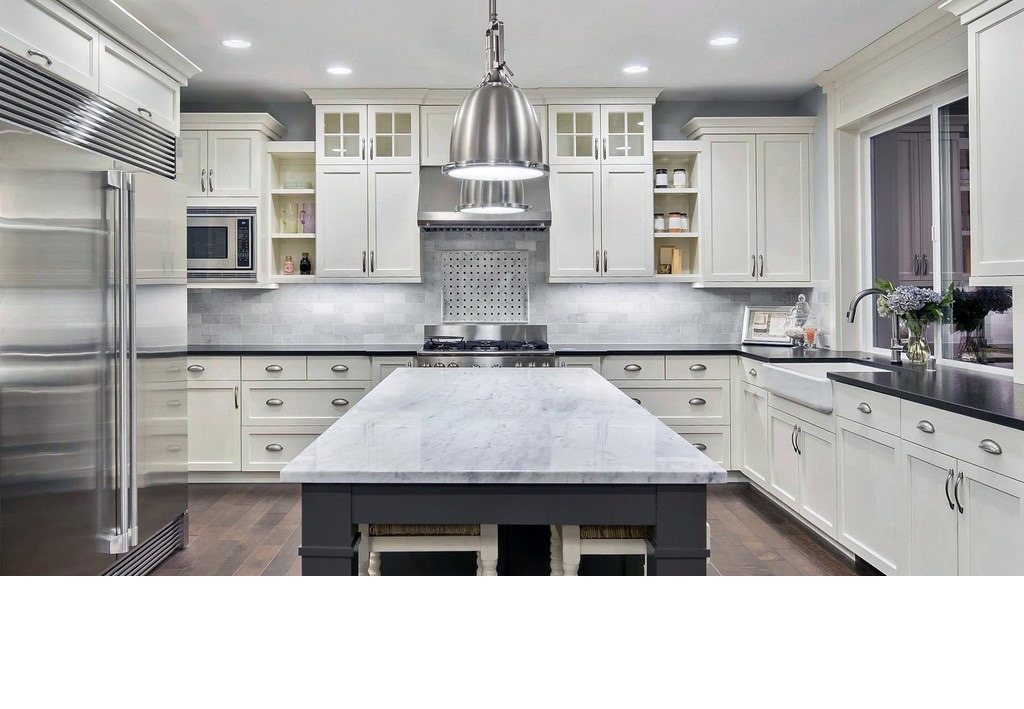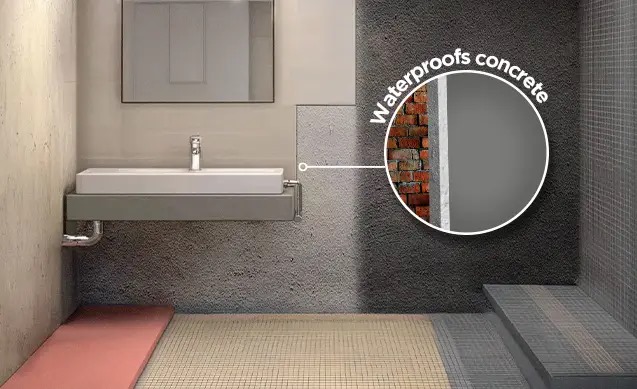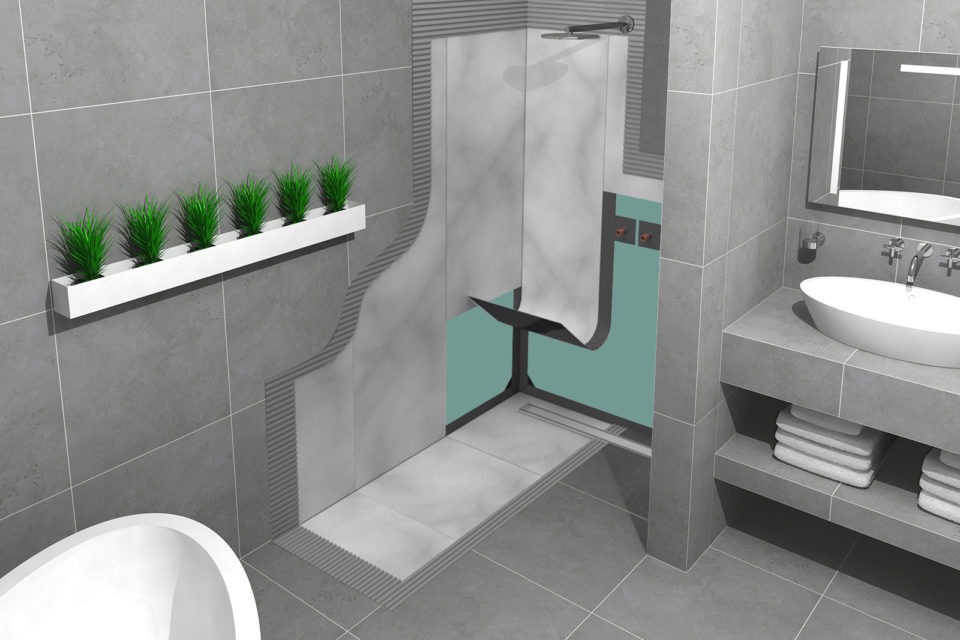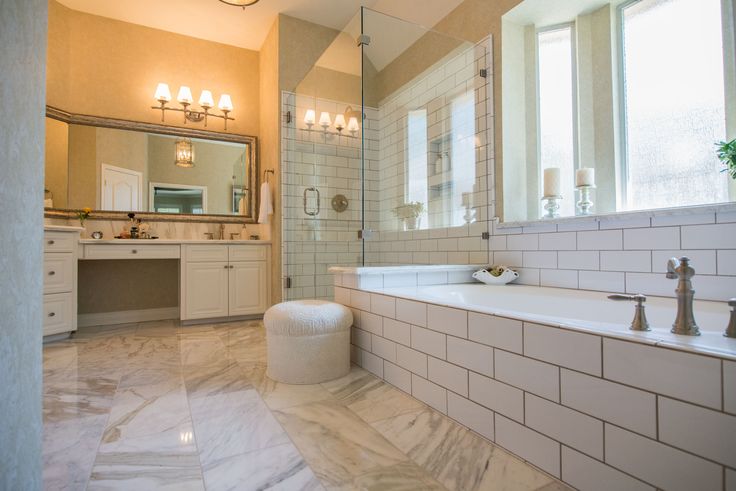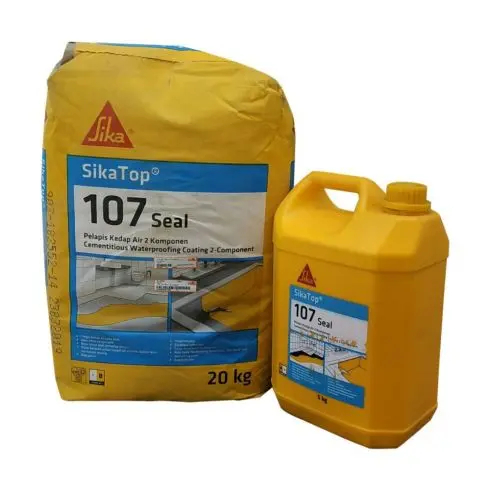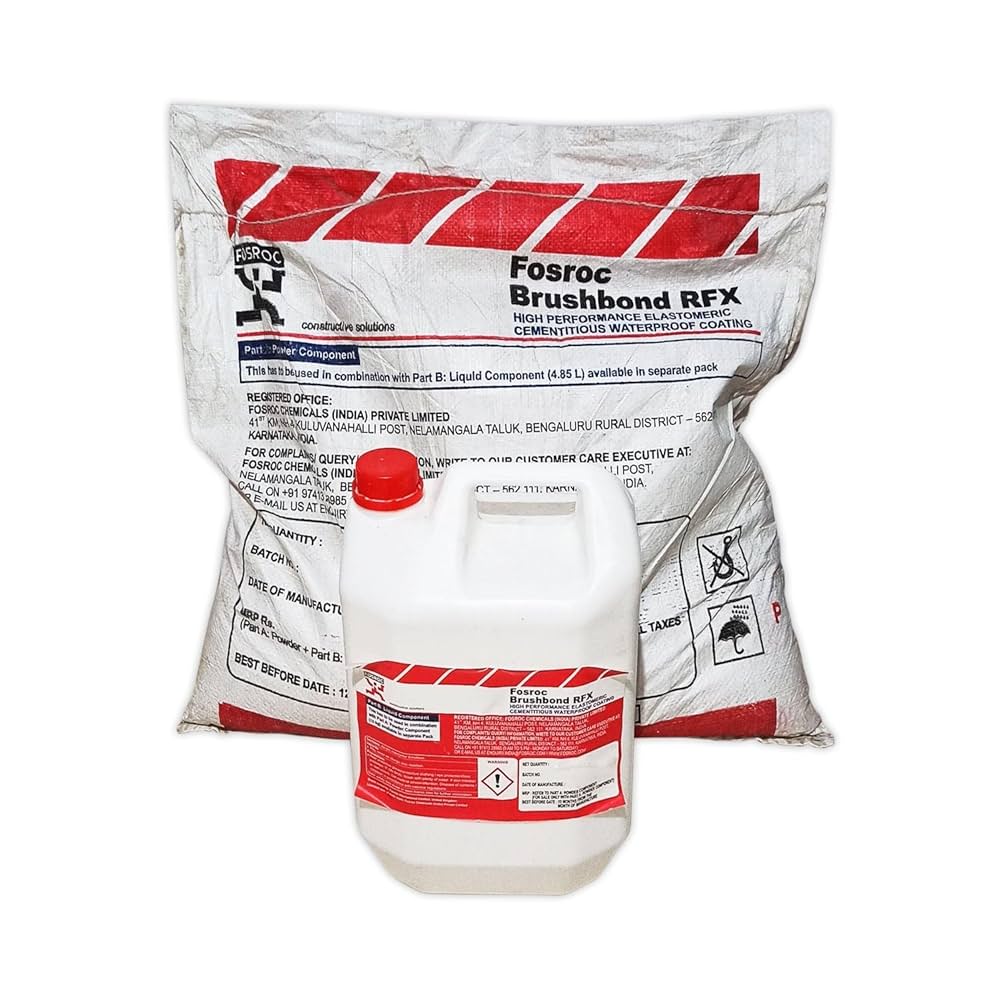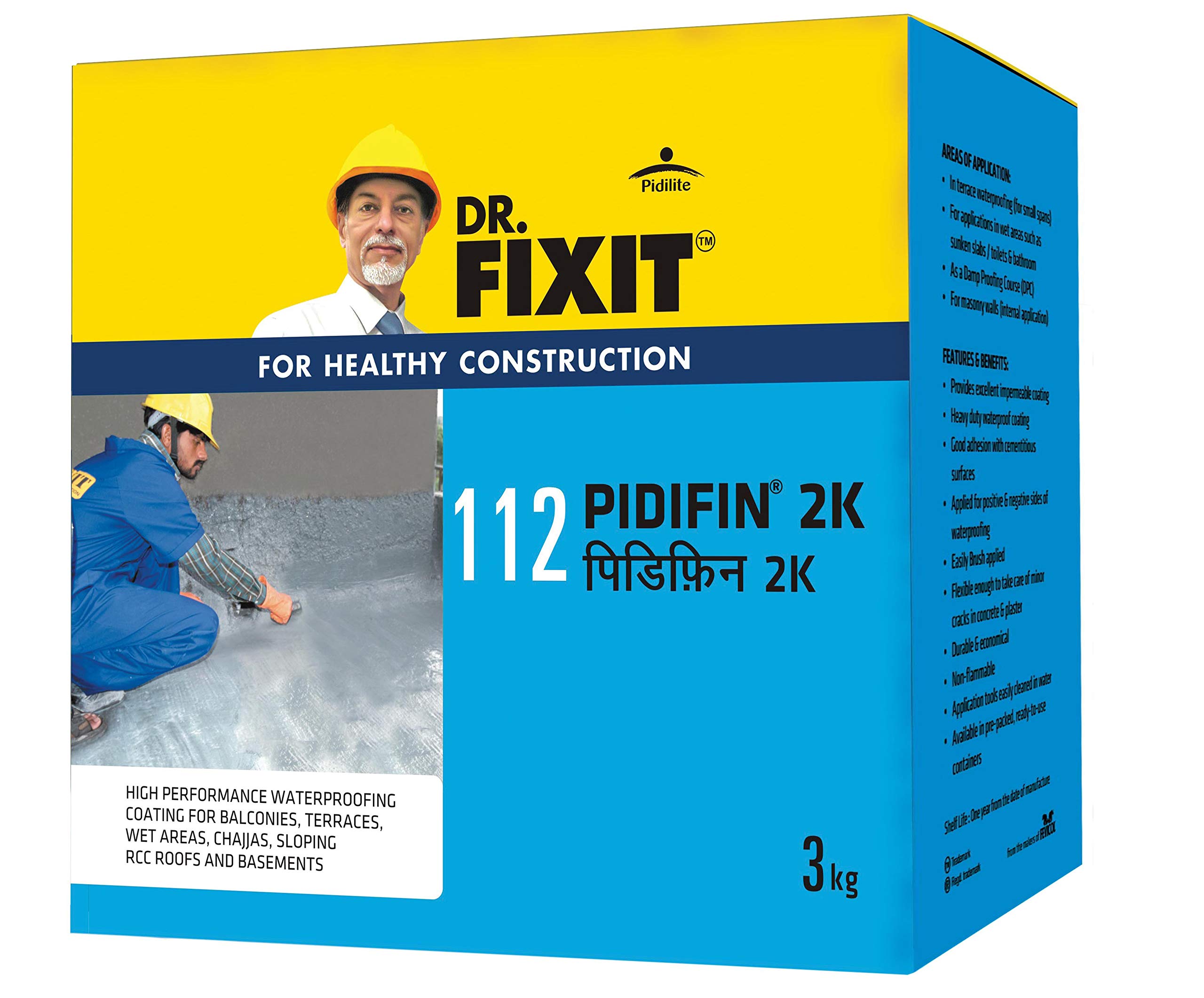While tiles offer surface-level protection, they are not completely waterproof. Water
can seep through tile
joints, cracked grout, and corners if not properly sealed. Over time, this moisture
causes deterioration of the
underlying substrate and creates conditions for mold and mildew growth.
Effective waterproofing in bathrooms and kitchens requires a complete system –
including waterproofing
layers beneath the tiles, proper corner and joint treatment, slope correction, and
use of waterproof tile
adhesives and grouts. This ensures long-term protection, hygiene, and durability of
wet areas.

